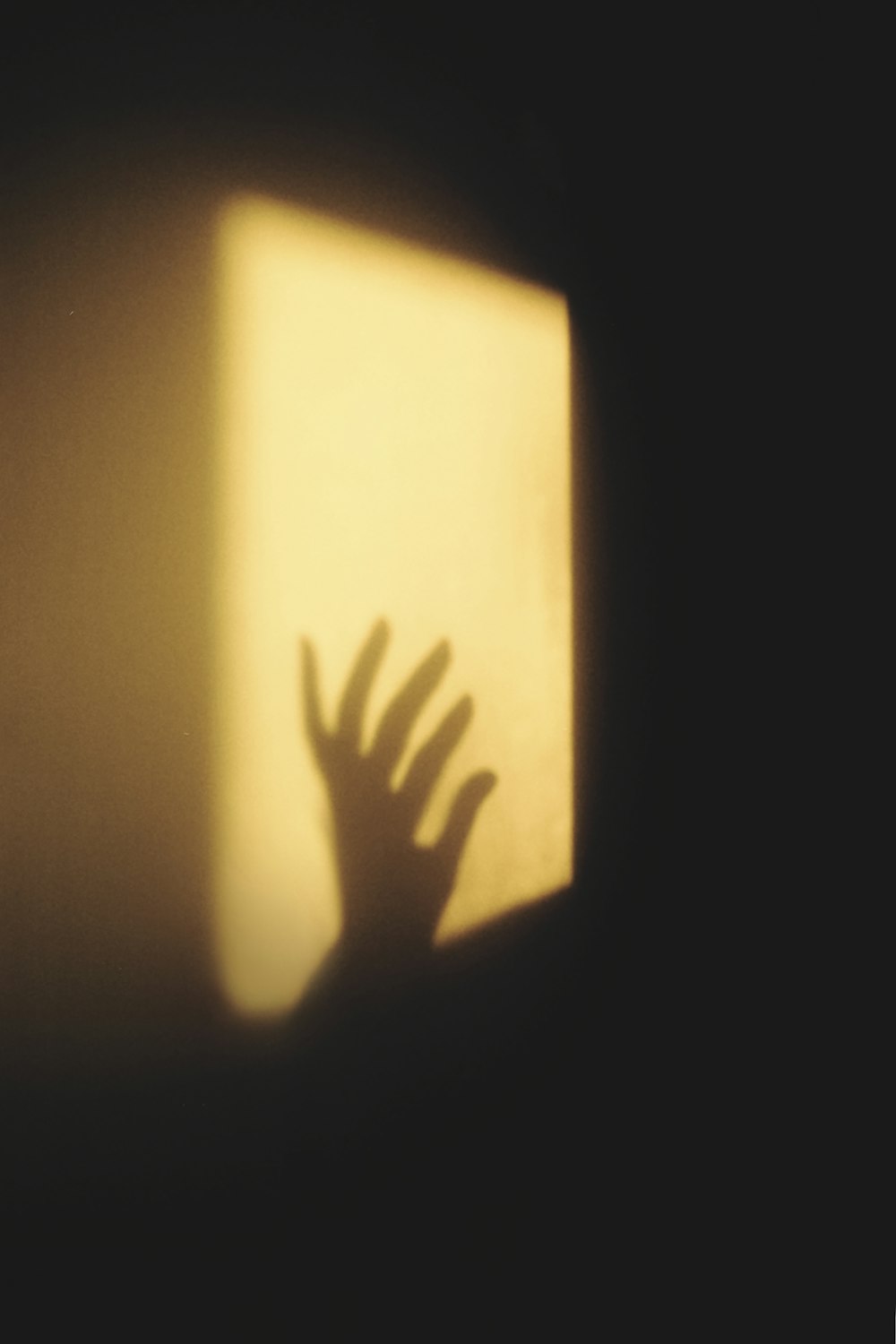One of the most influential psychologists of the 20th century, Carl Jung is best known for his work on the ego, the unconscious, and Archetypes. In this post, we’ll be taking a closer look at one of those Archetypes – The Shadow.
First introduced in Jung’s book “The Psychology of the Unconscious”, The Shadow is defined as the “dark side” of our personality – the aspects of ourselves that we are not proud of, that we hide from others (and often from ourselves), and that we project onto others. Everyone has a shadow, and while it may be uncomfortable to think about, acknowledging and understanding our shadows is an important step in becoming our best selves.
Put another way, the Shadow is the part of the psyche that contains qualities and traits that we refuse to acknowledge about ourselves. The Shadow is often seen as dark and negative, but it can also contain positive qualities and traits that we have yet to develop. Recognizing and accepting our Shadows is an important step in individuation – that is, becoming our true selves.
In order for us to grow and develop into our true selves, we must first become aware of our Shadows. Only then can we begin to integrate them into our conscious lives!
What Are Some Examples of the Shadow?
The Shadow can manifest itself in many ways. It can be something as simple as a personality trait that you don’t like about yourself or something more deep-seated such as repressed anger or resentment. It can also manifest itself in your relationships with other people. For example, you may find yourself attracted to people who are unavailable or who treat you poorly. And yet, you keep going back – and you won’t even admit it to yourself that this person isn’t treating you right!
Our Dark Passenger
The Shadow is the part of ourselves that we don’t want to admit exists. It’s the part of our character within us that’s been suppressed and denied expression. The result is often an inferiority complex or other compensation mechanism – like grandiosity or always needing to be right – that arises in its place. At its core, the Shadow is fear-based. We’re afraid to face who we really are because we might not like what we see.
Another way to think about it: The ego is who we want others to see; the Shadow is who we really are. It’s normal to have some degree of discrepancy between these two parts of ourselves – after all, no one wants to broadcast their flaws to the world – but when that discrepancy becomes too large, it can create problems in our lives.
The key is to become aware of your Shadow side so that you can begin to work with it instead of against it. Once you become aware of your Shadow, you can begin the process of individuation, which is integrating your Shadow into your conscious life so that you can become your true self.
Why is it important to understand The Shadow?
There are a few reasons why it’s important to understand and come to terms with our Shadows. First, acknowledgement is the first step toward change. If you’re not aware of something, you can’t change it. Second, as long as we try to keep our Shadows hidden, they will have power over us.
Living in denial that the Shadow doesn’t exist robs us of our personal power and keeps us stuck in cycles of self-sabotage. And finally, when we repress our Shadows, they tend to pop up in other areas of our lives – often in ways that are destructive (e.g., lashing out at others when we’re really angry with ourselves).
How do I work with my Shadow?
If you’re interested in working with your Shadow, there are a few things you can do.
First, take some time to get to know your Shadow self. What does she look like? What does she sound like? What does she stand for? Second, start practicing mindfulness – bring awareness to your thoughts and actions.
A great mindfulness app is Sam Harris’s – it’s on the iStore called “Waking Up”.
The concept is – you can catch yourself when you’re acting from a place of Shadow energy. And finally, don’t forget to show yourself compassion – your Shadow is part of you, after all!
Is There Anything Positive About the Shadow?
While the Shadow is often seen as dark and negative, it can also contain positive qualities and traits that we have yet to develop. For example, if you have never expressed your anger in a healthy way, your Shadow may contain repressed anger which can be destructive if left unchecked. However, if you notice it, and use it as a force for good – it can also be harnessed for creativity and power.
The idea is to acknowledge and work with your Shadow instead of letting it be ignored or denied. So while the Shadow may seem like something negative at first glance, there is actually a lot of potential for growth and development. Again, you just have to become willing to work with it instead of against it.
In Sum
Understanding Carl Jung’s concept of The Shadow can be a helpful tool in getting to know ourselves better and to uncover some of the things we might be repressing. It’s also a reminder that everyone has flaws and that nobody’s perfect – so cut yourself some slack every once in awhile! Have you ever done any work with your Shadow self? If so, how did it go?
Kerry Heffelfinger is the co-founder of Sunflower Counseling in Missoula with his wife, Marie Pettit, LCPC. They created Sunflower together to help people get better counseling in their lives. With their team of therapists and client care coordinators they have helped thousands of families in Montana by getting people the counseling they need. Before this, Kerry ran Highwood Music where he taught 80 students in classes how to play classical piano and guitar. He graduated from UM with a Master’s in Education.



